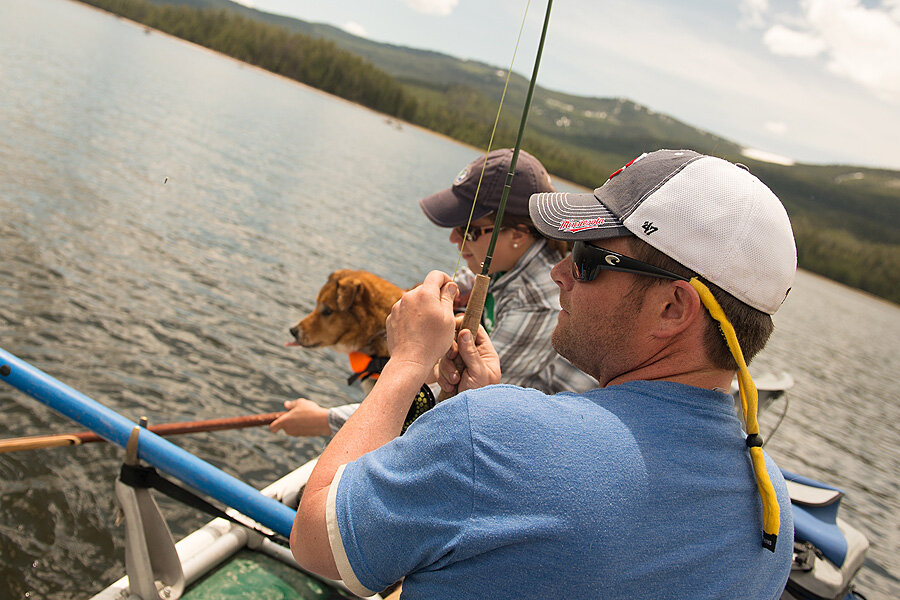Fresh fish versus frozen fish: Is it a fair fight?
Loading...
Fresh versus frozen doesn’t seem like a fair fight. Who would pick that old, damaged, nutrient-poor frozen fish when they could have a new, unblemished, nutrient-rich fresh one?
In the case of seafood, the assumptions surrounding those f-words are inconsistent with the reality of getting quality fish to the dinner table in a waste-conscious way. So let’s ignore the imagery for a minute and consider some fish logistics.
From the Depths
To find, reach, fish, and return from fishing holes in the open ocean costs time, money, and freshness. Commercial fishing operations have two options:
- Store fish on ice and return before they spoil (according to the FAO, cod and haddock last 15 days or so).
- Flash-freeze fish and return when the hold is full.
The economics definitely favor freezing, and in developed countries in 2012, 55 percent of processed fish for human consumption was frozen, up from 38 percent in 1972. But aren’t we sacrificing nutrition for convenience by choosing to freeze instead of chill?
Delaying Decay
Fish are like any other organism—when they die, they begin to decay. Immediately. Yes, chilling slows that decay as well as microbial growth and nutrient loss, but the only way to stop those processes is freezing.
Aboard fish processing ships, products are flash-frozen using freezing plates, air blasts, or liquid nitrogen spray, which reduces the internal temperature of products to -20°C in minutes to a few hours. This rapid freezing preserves nutrients and decreases the formation of ice crystals that damage cell membranes and negatively affect the texture of thawed products.
Flying Fish
For a fresh fish to get from the sea to the scenic prairies, it needs to fly. But after an unknown time on a ship, an airplane, and store shelves, how fresh could that fish in your fridge really be? If you’re a skeptical consumer, you’ll try the sniff test, and if there’s any doubt, you’ll probably throw it out. What a waste! Not only the fish, but the resources used in obtaining, storing, and shipping that fish.
You might be less skeptical of a thawed fish’s freshness and you’re definitely more likely to only thaw the amount you need. That reduces waste. And, because the clock on frozen seafood is ticking so slowly, products can be shipped in containers, which is a slower but cheaper method, often reflected in the product’s price at the supermarket.
The Verdict
Maybe fresh versus frozen really wasn’t a fair fight after all. Nutrients, waste, cost—frozen beats fresh on many fronts. But does that mean you should turn down your local fisherman’s daily catch in favor of a frozen filet?
Sustainable Fresh or Sustainable Frozen?
Let’s remember the big picture when it comes to seafood: sustainability. In my recent article, I discussed why sustainable seafood is important and how to find it—fresh or frozen. Because of overfishing, we should always be thinking sustainable first, but when do you choose sustainable fresh or sustainable frozen?
Easy.
If the fish can get from the boat deck to your backdoor in half a day without flying first class, fresh is a safe bet. Otherwise, feel confident that a conscious choice for frozen is a healthier and less wasteful one.







